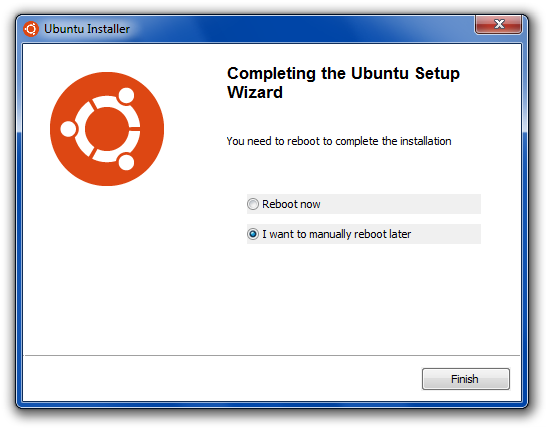
Know that everything that happens on Redhat-based systems, like CentOS or Rhel, will go in messages. Basically a data log of all activity throughout the global system. Shows general messages and info regarding the system. But there’s little doubt that scrutinising the following should be considered essential. You have plenty of choice over what you want to monitor. Because they put APM and log management right at your fingertips. So that’s why developers rely on log data checking tools like Retrace. Most directories can be grouped under four headings:Ĭhecking each log is a really enormous task. T ail keeps a close eye on the log file, and displays every written to it, which lets you check what’s being added to syslog in real time.įor a particular group of lines (say, the last five) type in tail -f -n 5 /var/log/syslog, and you’ll be able to see them. Use tail /var/log/syslog or tail -f /var/log/syslog. Which is often where you’ll find the source of the difficulty. It’s so useful because it just displays the last bit of the logs.

If you’d like to see log entries relating to the user facility, use dmesg –facility=user.įinally, as a super-handy command called tail, which lets you look over log files. You can then use the dmesg | less command to scroll through everything it has produced. This shows the kernel ring buffer and prints everything after sending you to the end of the file. Pressing Shift+G will take you all the way to the end, and you’ll know you’re there because you will see the word “END.” But picking out one particular thing will take some time because it’s usually a pretty big file to wade through. You also use / var/log/syslog to scrutinise anything that’s under the syslog. Syslog is one of the main ones that you want to be looking at because it keeps track of virtually everything, except auth-related messages. Type ls to bring up the logs in this directory.

You can look at Linux logs using the cd /var/log command. To access the system directory of a Linux or UNIX-style operating system you will need to tap in the cd command. They cover all kinds of things, like system, kernel, package managers, MySQL and more. Linux log files should be easy to decipher since they’re stored in text form under the /var/log directory and subdirectory. So with Google Chrome for instance, any time it hangs, you want to look in ‘~/.chrome/Crash Reports’ to discover the gory details of what tripped the system up. So, if anything goes wrong, they give a useful overview of events in order to help you, the administrator, seek out the culprits.įor problems relating to particular apps, the developer decides where best to put the log of events.

Linux logs give you a visual history of everything that’s been happening in the heart of a Linux operating system.


 0 kommentar(er)
0 kommentar(er)
